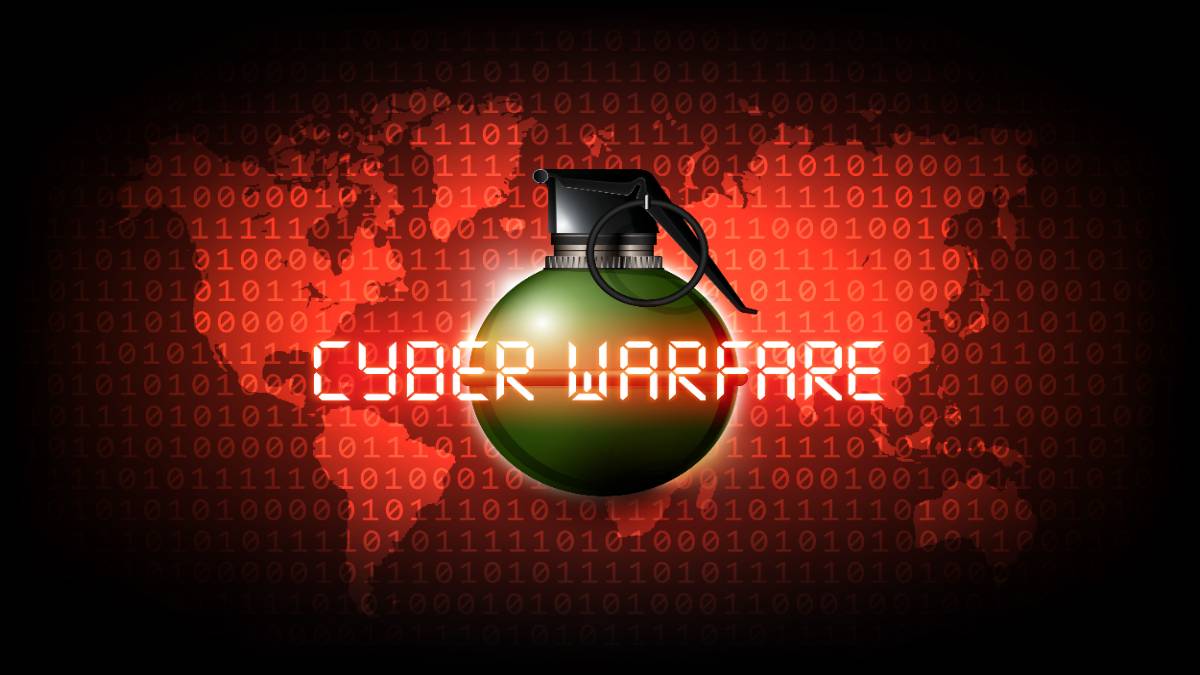D.H.S. Alert – Iran Cyber Threat Readiness
On January 4, 2020 Department of Homeland Security (DHS) has issued an advisory warning that Iran maintains a robust cyber program and can execute cyber attacks against the United States. Iran is capable, at a minimum, of carrying out cyber attacks with temporary disruptive effects against critical infrastructure in the United States. Previous homeland-based plots have included, among other things, scouting and planning against infrastructure targets and cyber enabled attacks against a range of U.S.- based targets. The Iranian Cyber Threat is real and warrants proactive measures to ensure cyber threat readiness and minimize the risk of a successful cyber attack.
Check out Enigma Forensics, Lee Neubecker, President & CEO, and John Blair, noted Healthcare Industry Cyber Security Expert to learn more about what can be done to deter such cyber-attacks and maximum readiness to an Iranian originated cyber attack.
Video Discussion on Iran Cyber Threat Readiness
This is the first video transcript of a three-part series.
Lee Neubecker (LN): So John, thank you for being on the show.
John Blair (JB): Thanks, Lee.
LN: John is a cybersecurity expert that focuses on the healthcare sector. Can you tell us a little bit about what organizations should be doing right now in response to concerns about potential Iranian cyber strikes on U.S. companies?
JB: Sure. I’m a pragmatist, so I think you should execute the basics first. Make sure your devices, it’s a border level of your network, and the devices are patched. You might want to start increasing your network monitoring for the next few weeks, to monitor the activity coming through, check your firewall rule sets, these types of things, just to make sure that you get a comfort level. I’m a firm believer in executing the basics solidly, and then monitoring. Because if you’re a target, and the people know what they’re doing, there’s not much you can do to prevent it anyway.
LN: So one of the things too, that I would add to that is, I think it’s important that people have a command of what’s on their network, which is basic inventory of your digital assets, so you know what your devices are.
JB: Yes, you do need to know your environment.
LN: Like you said, knowing what’s on your network, monitoring your log files and patching your devices, those three things go a very long way.
JB: A very long way. And they’re just good practice anyway. That’ll prevent most things from going bad.
LN: Great, well thanks for being on the show.
JB: Sure, thank you.
Articles & Resources Related to Cyber Threat Readiness
Resources on the Internet Related to Cyber Threat Readiness
Click here to view the DHS Iranian Cyber Threat Advisory.
Cyber Essentials: Building a Culture of Cyber Readiness– a guide for leaders of small businesses as well as leaders of small and local government agencies to develop an actionable understanding of where to start implementing organizational cybersecurity practices.
Department of Homeland Security
“Cybersecurity for Small Business: The Fundamentals” – a set of training slides and speaker notes to help small business owners educate themselves and their employees about cybersecurity best practices and resources.
National Institute of Standards and Technology
Cyber Readiness Program – The Cyber Readiness Program is designed to provide practical resources and tools to help organizations like yours take action to become cyber ready. Completing the Program will make your organization safer, more secure, and stronger in the face of cyber threats. (Note: account with login is required.)
Cyber Readiness Institute


